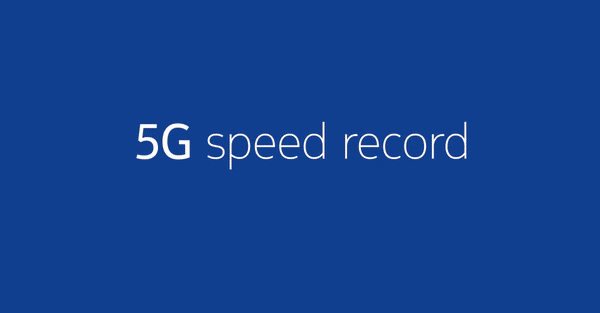Last Updated on June 23, 2022 by Anu Joy
Today, Nokia, Elisa, and Qualcomm Technologies revealed that they have achieved an upload speed of 2.1 Gbps, a new record for 5G uplink speeds. This was accomplished at a live demonstration at Tampere, Finland’s Nokia Arena. Nokia provided its AirScale base station operating in the 26 GHz mmWave frequency over Elisa’s commercial 5G network. The network was linked to a 5G smartphone that was powered by a Snapdragon X65 5G Modem-RF System with fourth generation Qualcomm QTM545 mmWave antenna modules.
To maximize the utilization of the available spectrum assets, Nokia has also implemented its market-leading Carrier Aggregation technology. Four component carriers, each of 100 MHz, were used in the carrier aggregation configuration. Nokia claims that the Nokia Arena is one of the first stadiums with 5G mmWave connectivity. Uplink capabilities are crucial for emerging applications utilizing edge computing, such as media broadcasting or high-definition streaming from the venue.

Subscribe to Onsitego
Get the latest technology news, reviews, and opinions on tech products right into your inboxOnce implemented, this technology will open up new possibilities for on-site data services including multi-user, real-time 8K ultra-high resolution video streaming, and augmented reality content for smartphones or wearable technologies. Additionally, visitors to the Arena will be able to view live performances from 360º camera angles from the comfort of their seats using VR headsets.
The service will be launched by all three of the test partners at some point in 2019. Both broadcasters and viewers will profit from this when used in conjunction with 5G.
After achieving this milestone, Ari Kynäslahti, Head of Technology and Strategy at Nokia Mobile Networks, said, “5G mmWave stands out as an optimal solution for venues like stadiums, where large capacity and ultra-high data speeds are needed over a short distance for thousands of mobile users at the same time. Carrier Aggregation is the key to fully leveraging spectrum assets in different frequency bands. This successful project is another important milestone in our long-standing and well-established relationship with Elisa and Qualcomm Technologies. We look forward to seeing visitors enjoy innovative 5G experiences at the Nokia Arena soon.”


Discussion about this post